When you have all the chickens you can handle taking care of and are busy working, but you want to add more critters your homestead, the struggle is real. I would really love to get more chickens, some ducks, maybe a turkey or goose, but now is definitely not the right time. The cool thing about living out on the edge of the wilds is that you can always make friends with the local wildlife and pretend like they’re your pets. Birdhouses and mason bee houses were one of our spring projects this year with the goal of supporting the birds and the bees while adding to our homesteading scene. We already have a couple of wild honeybee hives around our place, but mason bees are known to be more efficient pollinators of fruit trees, hence their other name, orchard bees. The swallows, I figured, could help us out with the mosquito population, plus watching them just makes me happy. Sometimes that’s all the reason you need.
We built three cedar swallow houses from a set of plans I found on the Internet and put them up on poles around the garden. Last year a group of swallows came and hung out for a day checking out all my birdhouses, but none of them were proper swallow houses and they moved on. I’m hoping this year they will recognize our property for the cool place that it is and decide to stay around.
The mason bee houses came together after a little research and a combination of ideas. I read that you could use bamboo or any thick, hollow plant stems for them to inhabit rather than the cardboard tubes or wooden drilled out blocks you have to buy. We have plenty of bamboo around here, and I had a funky old birdhouse from someone’s free pile, so my son and I cut the front out and packed it with a handful of bamboo tubes with moss around them. The little box of mason bee cocoons cost around $10 at the feed store, and the instructions were to just set it open with the cocoons inside their house once daytime temperatures were above 50 degrees. This all seemed simple enough, so we set it up and sat back to watch what would happen.
I checked on the cocoons every day, and eventually found two empty ones and a little mason bee chewing it’s way out of another one. This was all very exciting, but I was seeing no mason bees whatsoever flying around the house. I wondered if they had maybe flown away or been eaten by birds. Then, on a sunny day, I noticed two black things buzzing around this other birdhouse I had stuck four bamboo tubes in the bird entrance as an experiment. No where on the Internet could I find anything about anyone doing this, but it made sense that it should work without taking the whole front off of this birdhouse.
When I went up to investigate, it was two mason bees flying in and out of the tubes! They must have moved over from the other mason bee house where they hatched out. I went over there to check it out and there were a couple of them moving in and out of those tubes as well.
Now the mason bees are busy packing mud into the tubes with nectar, laying eggs and sealing the tubes off with mud. They are also busy pollinating our fruit trees, which is a win for everyone involved. They may not be the most affectionate pet ever, and they don’t lay eggs, but they are playing a valuable role in our orchard and are 100% low maintenance. Right now, that’s exactly what we need.
Here’s a little more info on mason bees and where to get them:
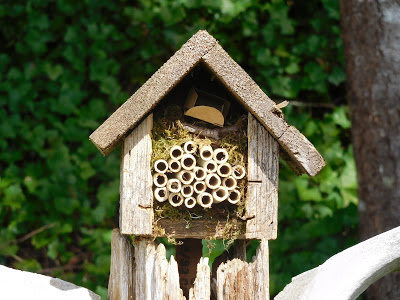

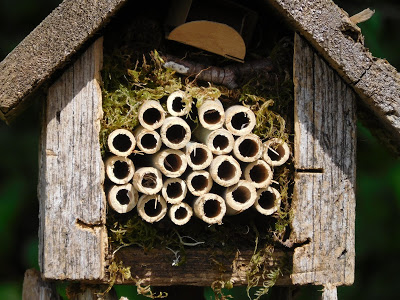
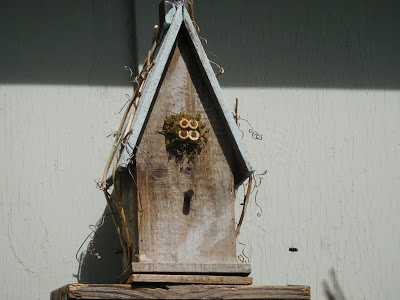
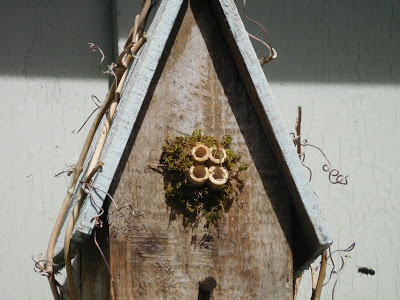
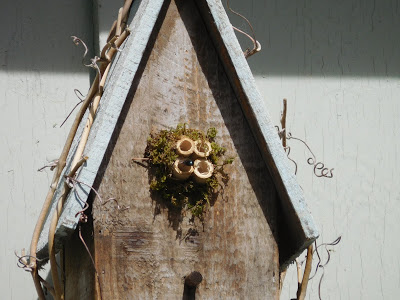
Leave a Reply